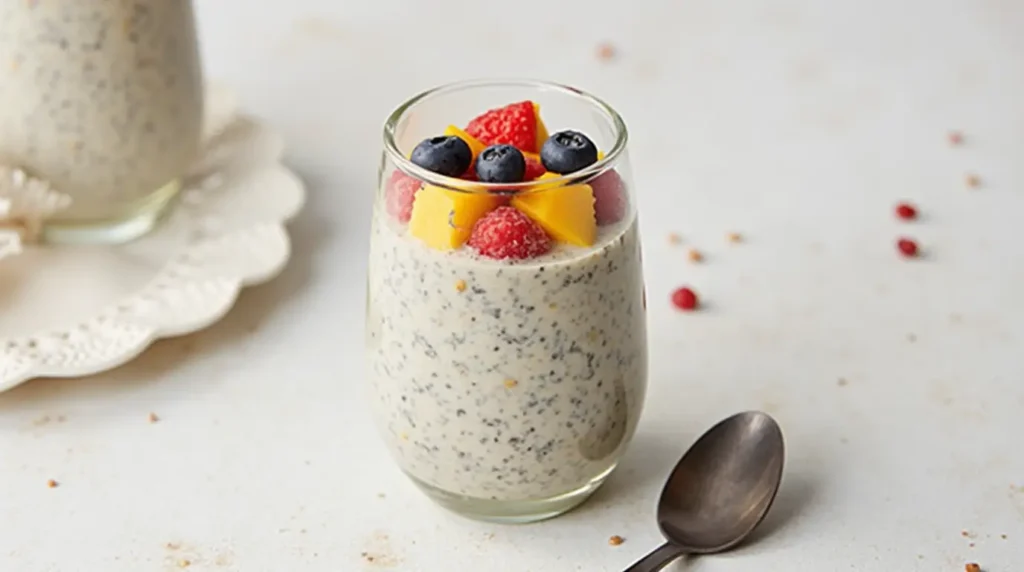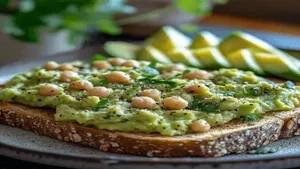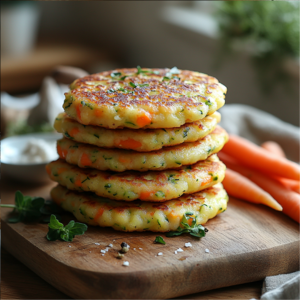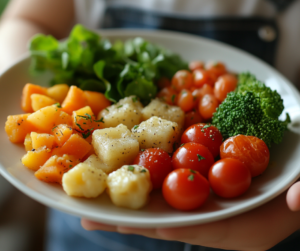Introduction
Starting your baby’s journey with food is an exciting milestone. Breakfast is a great place to start if you dive into baby-led weaning (BLW). But what exactly is BLW, and how do you craft safe, tasty, nutritious meals? Well, you’ve come to the right place! This article will cover some creative and nutritious Baby-Led Weaning Breakfast Recipes.
Say goodbye to bland purees and hello to finger-licking fun at the breakfast table!
Before we discuss recipes, let’s briefly explore baby-led weaning (BLW). This method skips spoon-feeding and purees, allowing your baby to feed themselves soft, manageable pieces of food. It encourages independence, fine motor skill development, and healthy eating habits. Sounds great, doesn’t it?
So, what makes a good BLW breakfast? Here are the key points to keep in mind:
- Soft texture: Foods should be easy to squish between your fingers.
- Variety: Introduce different flavors and textures to broaden your baby’s palate.
- Nutrient-dense: Focus on foods rich in vitamins, minerals, and healthy fats.
Now that we’ve got the basics down, let’s dive into the yummy stuff!
Baby-Led Weaning Breakfast Recipes
1. Fluffy Banana Pancakes
Who doesn’t love pancakes? These banana pancakes are soft, naturally sweet, and perfect for little hands.
Ingredients
- 1 ripe banana
- 1 egg
- 2 tablespoons of rolled oats (optional)
- A pinch of cinnamon
Instructions
- Mash the banana in a bowl until smooth.
- Crack the egg into the banana and mix well.
- Stir in rolled oats and cinnamon, if desired.
- Heat a non-stick pan over medium heat and spoon small dollops of batter onto the pan.
Cook until bubbles form, then flip and cook for another minute.

Why It’s Great?
These pancakes are naturally sweetened with banana, easy to hold, and loaded with potassium and protein. Bonus: they’re tasty enough for parents, too!
2. Veggie-Packed Mini Muffins
Muffins can be a lifesaver on busy mornings. These mini muffins are packed with veggies, making them a nutrient powerhouse.
Ingredients
- 1 cup grated zucchini or carrot
- 1/2 cup whole wheat flour
- 1/2 teaspoon baking powder
- 1 egg
- 1/4 cup plain Greek yogurt
A pinch of nutmeg
Instructions
- Preheat your oven to 350°F (175°C).
- Mix the grated veggies, flour, and baking powder in a bowl.
- Add the egg, yogurt, and nutmeg, stirring until combined.
- Spoon the mixture into a greased mini muffin tray.
- Bake for 12–15 minutes, or until golden brown.

Why It’s Great?
These muffins are soft, flavorful, and freezer-friendly. Plus, sneaking in veggies has never been easier!
3. Overnight Chia Pudding
Chia pudding is a lifesaver for those mornings when you’re running empty.
Ingredients:
- 2 tablespoons of chia seeds
- 1/2 cup of unsweetened coconut milk
- 1 teaspoon of mashed fruit (like mango or berries)
Instructions:
- Mix all ingredients in a small container.
- Refrigerate overnight.
- Serve with a sprinkle of fruit for extra color and flavor.

Why it’s fantastic?
Chia seeds are packed with omega-3s, perfect for growing brains!
4. Avocado Toast Soldiers
Avocado toast isn’t just for Instagram foodies. It’s also a fantastic BLW breakfast option.
Ingredients
- 1 slice of whole-grain bread
- 1/4 ripe avocado
Instructions
- Lightly toast the bread and cut it into finger-sized strips.
- Mash the avocado and spread it onto the toast soldiers.

Why It’s Great?
Avocado is a superfood loaded with healthy fats. The toast provides a chewy texture that’s great for gum development.
FAQs
Can I use butter or salt in BLW recipes?
What if my baby gags?
How do I store leftover BLW breakfasts?
Here are some helpful suggestions to achieve your goals:
- Let them lead: Allow your baby to explore the food and eat at their own pace.
- Mix it up: Rotate recipes to keep mealtimes exciting.
- Be patient: BLW is messy but worth it. Keep a bib and a good sense of humor handy!
- Serve manageable portions: Keep the pieces soft and small for easy handling.
- Monitor allergies: Introduce one new food at a time to spot any reactions.
Conclusion
Baby-led weaning breakfasts don’t have to be complicated or time-consuming. With these easy and nutritious recipes, you can kickstart your mornings with a smile, and so can your baby! From fluffy banana pancakes to creamy avocado toast, the possibilities are endless. Give these a try, and watch your little one fall in love with the joy of self-feeding. Happy breakfasting!















































